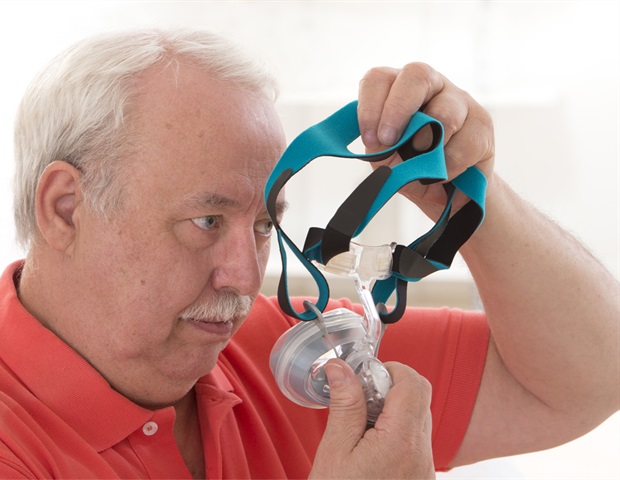Study links sleep disorders to higher healthcare use in chronically ill children

The risk of increased health care utilization among children with a chronic medical condition is higher for those who also have a sleep disorder, according to a new study that examined Medicaid claims data.
The study found that among children who had a chronic medical condition, those who also had a diagnosed sleep disorder were nearly two times more likely to have increased health care utilization (odds ratio = 1.83) than those who had no sleep disorder. The most common sleep disorder diagnosis was sleep-disordered breathing, which was present in 1,796 children. Those who had sleep-disordered breathing were 1.5 times more likely to have increased health care utilization (OR=1.51). The researchers adjusted the analyses for potential confounders including age, race, and chronic medical conditions.
The results were impressive, suggesting a clear role of sleep disorders in health care utilization in children with chronic medical conditions.”
Dr. Pranshu Adavadkar, principal investigator and lead author, associate professor in the department of pediatrics at the University of Illinois Chicago and director of pediatric sleep medicine at the UI Health Sleep Sciences Center
The study results appear in the April 1 issue of the Journal of Clinical Sleep Medicine, the official publication of the American Academy of Sleep Medicine.
The researchers extracted Illinois Medicaid claims data for 16,325 children up to 18 years of age. The study population was predominantly urban, with most participants representing ethnic minority groups with low socioeconomic status. Each child had at least one chronic medical condition such as asthma, obesity, diabetes, or attention-deficit/hyperactivity disorder, and 77% of the children had multiple chronic medical conditions. Participants were divided into three levels of health care utilization based on their hospitalizations and emergency department visits in the 12 months prior to study enrollment: low (no hospitalization or ED visit), medium (one to two hospitalizations or one to three ED visits), and high (three or more hospitalizations or four or more ED visits).
Chronic medical conditions and sleep disorders were identified using codes from the International Classification of Diseases, 9th Revision and ICD-10. Sleep-disordered breathing -; which included diagnoses of apnea only, snoring only, and apnea and snoring combined -; was found in 14.2% of children with medium health care utilization and 20.6% of those with high utilization.
Adavadkar noted that children with chronic medical conditions tend to have disproportionately higher health care utilization and costs, and families with lower socioeconomic status -; including those covered by the Medicaid insurance program -; tend to bear the brunt of these costs. Therefore, one strategy to reduce these costs is to treat comorbid sleep disorders.
“Understanding the specific sleep disorders that significantly increase health care utilization risk can inform targeted interventions and screenings for better management of these high-risk children,” said Adavadkar.
The authors noted that sleep disorders tend to be underdiagnosed in pediatric populations, so the association between sleep disorders and health care utilization may be even stronger than the results of this study demonstrate.
Source:
Journal reference:
Adavadkar, P. A., et al. (2024). Association between sleep disorders and health care utilization in children with chronic medical conditions: a Medicaid claims data analysis. Journal of Clinical Sleep Medicine. doi.org/10.5664/jcsm.10936.








